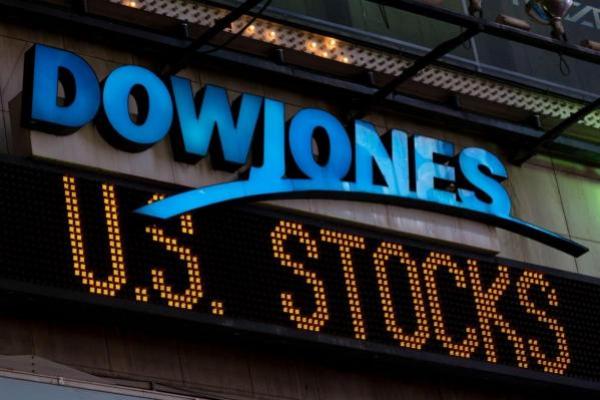The Dow Jones Industrial Average (DJIA), commonly known as the Dow Jones, is one of the oldest and most widely recognized stock market indices in the world. It serves as a key benchmark for the health of the U.S. economy and financial markets, making it essential for investors, analysts, and anyone interested in the stock market to understand.
What is the Dow Jones?
The Dow Jones is a stock market index that tracks 30 large, publicly owned blue-chip companies trading on the New York Stock Exchange (NYSE) and the NASDAQ. These companies represent a broad spectrum of the U.S. economy, including industries like technology, healthcare, finance, retail, and manufacturing.
The index was created in 1896 by Charles Dow and Edward Jones, co-founders of Dow Jones & Company. Initially, it included only 12 companies, but it has since evolved to include 30 major corporations that are considered leaders in their respective industries.
How is the Dow Jones Calculated?
Unlike many modern indices that use market capitalization, the Dow Jones is a price-weighted index. This means that companies with higher stock prices have more influence on the index’s movement than those with lower prices, regardless of their overall market value.
For example, a $10 change in the stock price of a high-priced stock like Goldman Sachs has a greater impact on the Dow than a $10 change in a lower-priced stock like Coca-Cola, even if Coca-Cola has a higher market cap.
Companies in the Dow Jones
The 30 companies included in the Dow Jones Industrial Average are carefully selected to represent various sectors of the U.S. economy. As of now, some of the major players include:
- Apple Inc. (AAPL)
- Microsoft Corp. (MSFT)
- Goldman Sachs Group Inc. (GS)
- McDonald’s Corp. (MCD)
- Walmart Inc. (WMT)
- Johnson & Johnson (JNJ)
These companies are not permanent; the composition of the Dow can change over time based on corporate mergers, financial performance, or shifts in economic importance.
Why is the Dow Jones Important?
The Dow Jones is often seen as a barometer for the overall health of the U.S. stock market and economy. It is regularly cited in financial news and is closely watched by investors around the world. When the Dow rises, it generally indicates investor confidence and economic growth. Conversely, when it falls, it may signal uncertainty or economic troubles.
Dow Jones vs. Other Indices
While the Dow Jones is highly respected, it’s important to understand that it only tracks 30 companies. Other major indices provide a broader perspective:
- S&P 500: Tracks 500 large-cap U.S. companies and offers a broader market view.
- NASDAQ Composite: Includes over 3,000 stocks, with a strong focus on technology companies.
Many analysts consider the S&P 500 a more comprehensive indicator of market performance, but the Dow Jones remains a symbol of American economic strength.
Criticisms of the Dow Jones
Despite its popularity, the Dow Jones is not without criticism:
- Price-weighted structure can be misleading as it does not reflect company size accurately.
- Limited to 30 companies, which may not fully capture the diversity of the entire market.
- Excludes small-cap and mid-cap companies, which are also crucial for economic growth.
However, its longevity and historical significance keep it highly relevant.
How to Invest in the Dow Jones
You cannot invest directly in the Dow Jones index itself, but you can invest in mutual funds or exchange-traded funds (ETFs) that mirror its performance. Some popular ETFs include:
- SPDR Dow Jones Industrial Average ETF Trust (DIA)
- ProShares Ultra Dow30 (DDM)
These funds provide a convenient way for investors to gain exposure to all 30 Dow stocks in a single investment.
Conclusion
The Dow Jones remains one of the most recognized and followed stock market indices globally. While it has its limitations, it offers valuable insights into the performance of leading U.S. companies and overall market sentiment. Whether you’re a beginner or a seasoned investor, understanding the Dow Jones can help you make more informed decisions in your financial journey.














